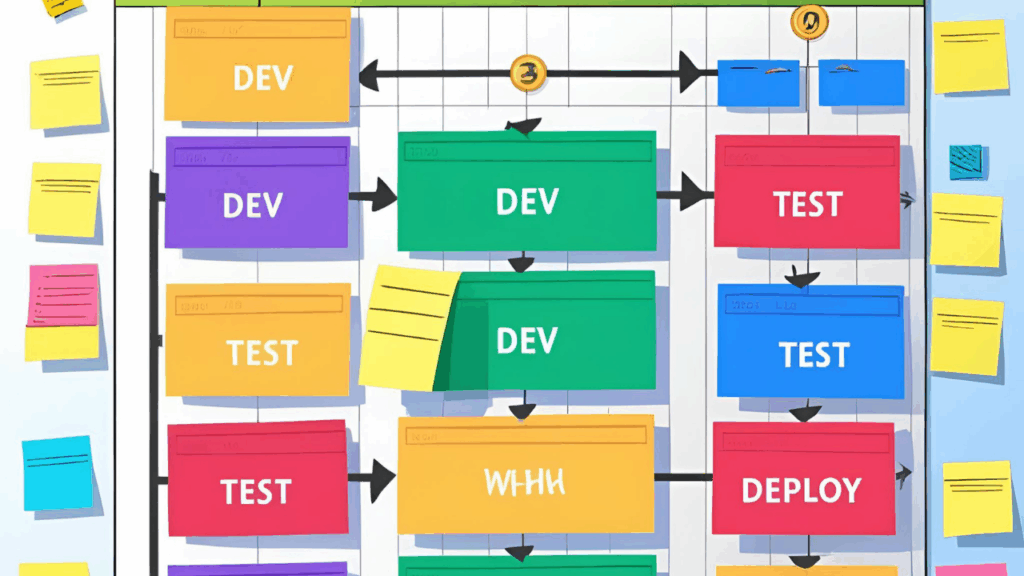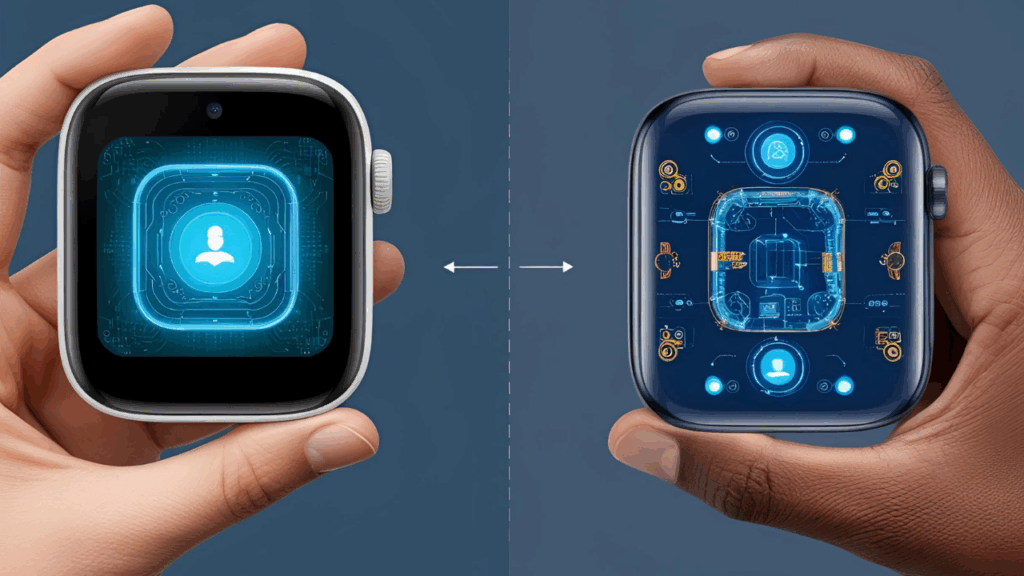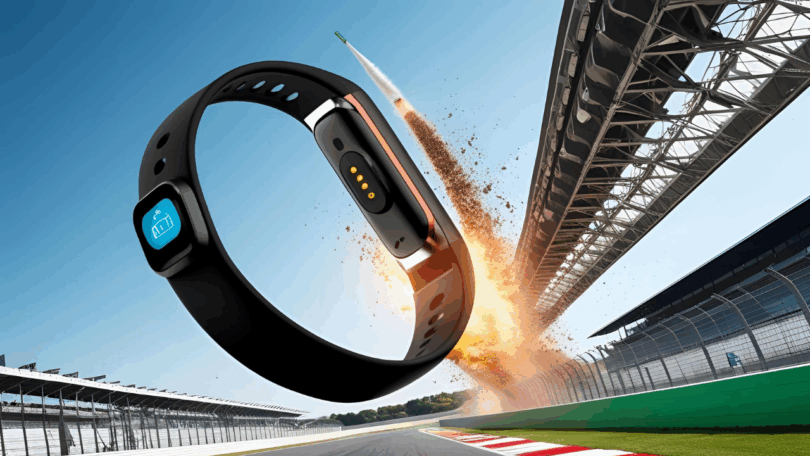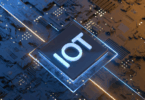Want to launch your smart device faster without cutting corners? Speeding up time-to-market is no longer a competitive advantage—it’s a necessity. With IoT adoption skyrocketing and innovation cycles shrinking, the race is on to deliver quality smart devices before the next big thing arrives.
But here’s the deal: accelerating time-to-market doesn’t mean rushing through development. It means working smarter with the right tools, strategies, and partners.
Let’s break it down.
Why Time-to-Market Matters in the Smart Device Space

Think about the last smart home device you bought. Was it a thermostat, speaker, or maybe a wearable? Chances are, the company behind it was in a race to be the first or the best in its niche.
Speed-to-market impacts:
- Revenue potential: The faster you launch, the quicker you earn.
- Market share: Early movers win more users.
- Customer loyalty: Launching timely updates or new products keeps users engaged.
- Competitive edge: In tech, even a 3-month delay can hand your competitors the win.
The goal? Be fast and flawless.
1. Start with a Lean MVP (Minimum Viable Product)

Don’t aim for perfection right away. Instead, start with an MVP. This helps you:
- Validate the core features
- Get real user feedback
- Avoid spending time on unnecessary bells and whistles
Once it’s out, improve based on data—not guesses.
2. Build with Modular Architecture

Smart devices that are built using modular design can be updated or scaled faster. When one component needs changes, you won’t have to rebuild the entire system.
This is where VLO Labs comes in.
VLO Labs specializes in helping startups and enterprise teams develop scalable, production-ready solutions for IoT and smart devices. With their agile development and custom hardware-software integration, your path to launch gets smoother—and faster.
3. Automate Testing and QA

Manual testing slows down progress. Automate what you can:
- Regression testing
- Device compatibility testing
- Firmware and software updates
The earlier you catch bugs, the cheaper and faster it is to fix them.
4. Choose the Right Development Stack

Selecting the right tools from the start prevents you from rebuilding later. Choose platforms that support:
- Cross-device compatibility
- Remote updates
- Integration with IoT ecosystems like Alexa, Google Home, or Apple HomeKit
This saves months in development—and user headaches.
5. Streamline Your Supply Chain

Launching a smart device isn’t just about software. You also need:
- Hardware suppliers
- Manufacturing partners
- Quality control checkpoints
Partner with experts like VLO Labs who already have these relationships. You’ll avoid delays and costly missteps.
6. Adopt Agile and Continuous Delivery

Instead of long development sprints, go agile. Release small updates continuously. It allows you to:
- Launch sooner
- Iterate based on feedback
- Stay aligned with user needs
Plus, it keeps your team motivated and focused on short-term wins.
If you’re not sure which is right for you, learn more here about Edge Computing vs. Cloud: What’s Best for Your IoT Devices.
7. Leverage Digital Twins for Faster Prototyping

A digital twin is a virtual version of your product. It helps simulate real-world use without needing physical models for every test. This approach has revolutionized how engineers and developers test smart devices under various conditions.
That means faster R&D, fewer hardware cycles, and quicker go-to-market timelines.
Learn more about how digital twins are transforming IoT development from IBM’s guide on digital twins.
Final Thoughts: It’s All About Smart Execution
Speed matters—but smart execution matters more. The smartest teams aren’t the ones who rush. They’re the ones who optimize every step—from ideation to launch.
With partners like VLO Labs, your smart device can move from concept to customer in record time without cutting corners.







